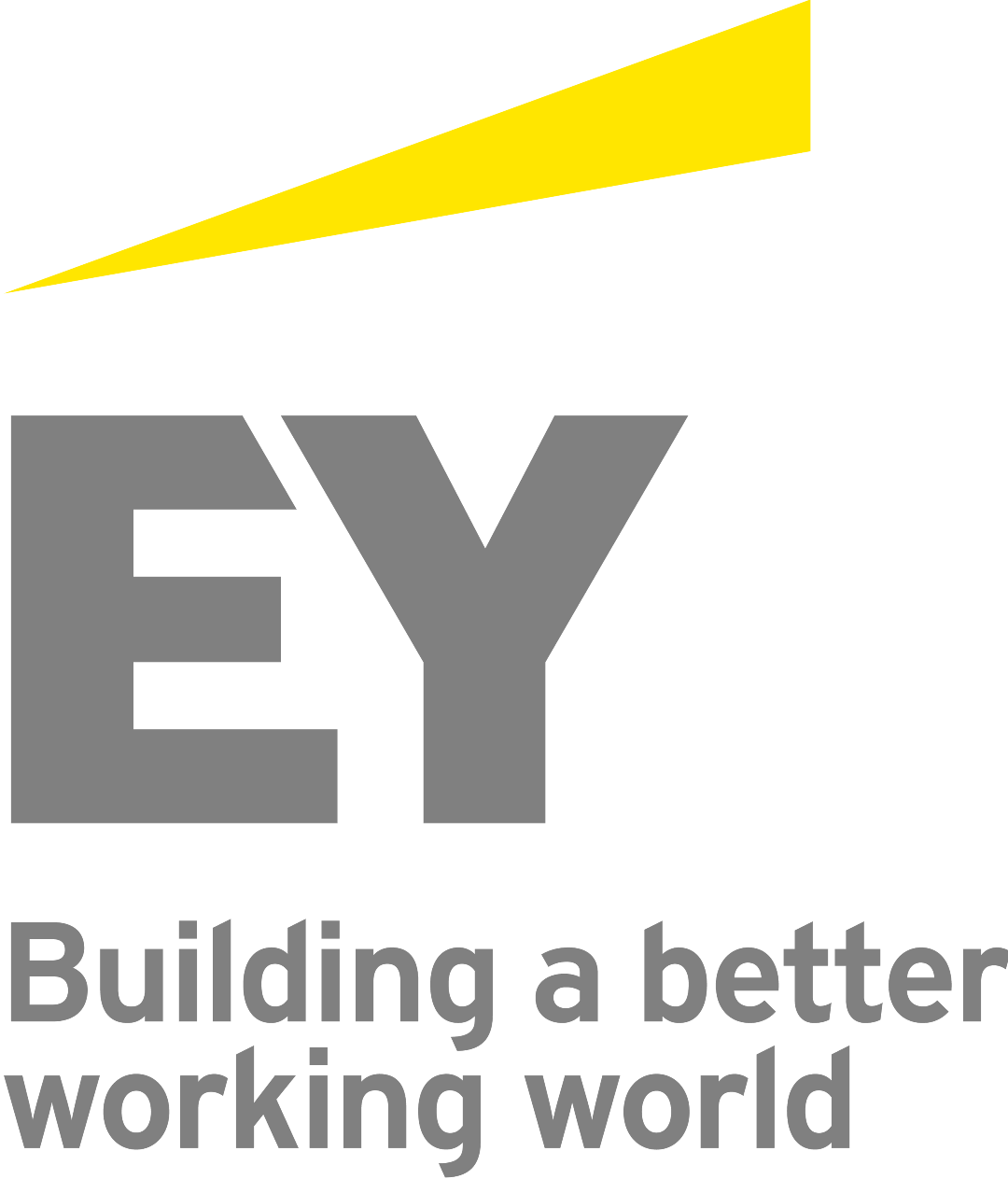Insights from the British Columbia Mineral and Coal Exploration Survey 2022 launched at PDAC convention
- Gold is considered the primary commodity for 46% of respondents
- Copper exploration spending jumped 84% year over year
- Number of projects reported were down 24% in 2022
- Grassroots and early-stage projects received 78% more funding
VANCOUVER, BC, March 7, 2023 /CNW/ - Released at the Prospectors & Developers Association of Canada (PDAC) Convention in Toronto, the seventh annual British Columbia mineral and coal exploration survey found that exploration spending across the province hit $740m, surpassing the previous 10-year high of $681m seen in 2012 by almost 10%. Conversely, the number of projects and total metres drilled decreased by 24% and 20% respectively from the previous year as exploration shifted toward earlier stage activities. The survey, conducted by EY, the Government of British Columbia's Ministry of Energy, Mines & Low Carbon Innovation (EMLI) and the Association for Mineral Exploration British Columbia (AME), provides a view of the current state of the mineral and coal exploration sector in British Columbia (BC).
"Last year was marked with volatility of metals prices, through a combination of macroeconomic and geopolitical factors that had a range of both positive and negative impacts," says Iain Thompson, EY Canada Mining & Metals Consulting Leader. "The reduced risk of pandemic-related shutdowns and full reopening of economies, countered by the outbreak of the Russia-Ukraine war and the energy crisis in its wake, created an environment of uncertainty in the commodity market. With this backdrop considered, the year also marked a record-year for exploration spending in British Columbia."
Exploration for copper was the driving force behind a record-setting year for provincial spending. Fueled by favourable market conditions and demand, copper exploration spending jumped 84% year over year in 2022, rising from $128m in 2021 to $235m. Similarly, critical metals exploration in BC jumped 77% year-over-year, while precious metals spend saw a 91% increase from 2020.
Gold spending retained the record-high levels seen in 2021, decreasing by a marginal 2% year over year from $431m in 2021 to $422m in 2022. Despite this downturn, survey responses indicate interest in gold has not dwindled. Approximately 46% of survey respondents indicated gold as the primary commodity of exploration.
The survey finds that exploration in BC is shifting towards discovery after years of focus on advancing economics of existing projects. Grassroots and early-stage exploration accounted for 39% of total exploration spending in 2022, receiving 78% more funding year over year, while later stage-projects — those in the advanced, mine-evaluation and mine-lease stages — received 10% less funding.
"It's exciting to see exploration spending strengthening in BC, particularly as the need for minerals and metals increases as we undergo a global transition towards electrification and a low carbon future.," shares Kendra Johnston, President and CEO of AME. "We're also encouraged to see survey respondents increase their commitment to working with First Nations throughout the exploration and development lifecycle to ensure benefits extend to the local and surrounding communities."
The exploration industry continues to play a crucial role in the BC economy. Of the $740m invested into the exploration and evaluation of mineral deposits, $42m was spent on First Nations community consultation and exploration agreements. Additionally, survey respondents indicated a 32% increase in employment within the sector.
To access the complete report, visit ey.com/ca/bcminingsurvey.
The British Columbia Mineral and Coal Exploration Survey is a joint initiative between the Government of British Columbia's Ministry of Energy, Mines and Low Carbon Innovation (EMLI), the Association for Mineral Exploration (AME) and EY. The survey was conducted to provide a view of the current state of the mineral and coal exploration sector in British Columbia (BC).
Data and analysis presented in this report are for the period January 1 through December 31, 2022 and are based on survey responses and information collected from financial reports and press releases from 170 companies operating in BC, which collectively represent 230 projects across the province.
EY exists to build a better working world, helping create long-term value for clients, people and society and build trust in the capital markets. Enabled by data and technology, diverse EY teams in over 150 countries provide trust through assurance and help clients grow, transform and operate. Working across assurance, consulting, law, strategy, tax and transactions, EY teams ask better questions to find new answers for the complex issues facing our world today.
EY refers to the global organization, and may refer to one or more, of the member firms of Ernst & Young Global Limited, each of which is a separate legal entity. Ernst & Young Global Limited, a UK company limited by guarantee, does not provide services to clients. Information about how EY collects and uses personal data and a description of the rights individuals have under data protection legislation are available via ey.com/privacy. EY member firms do not practice law where prohibited by local laws. For more information about our organization, please visit ey.com. Follow us on Twitter @EYCanada.
For more information, please visit ey.com/ca. Follow us on Twitter @EYCanada.
SOURCE EY (Ernst & Young)

Nicolette Addesa, [email protected], 416-941-3336

Share this article